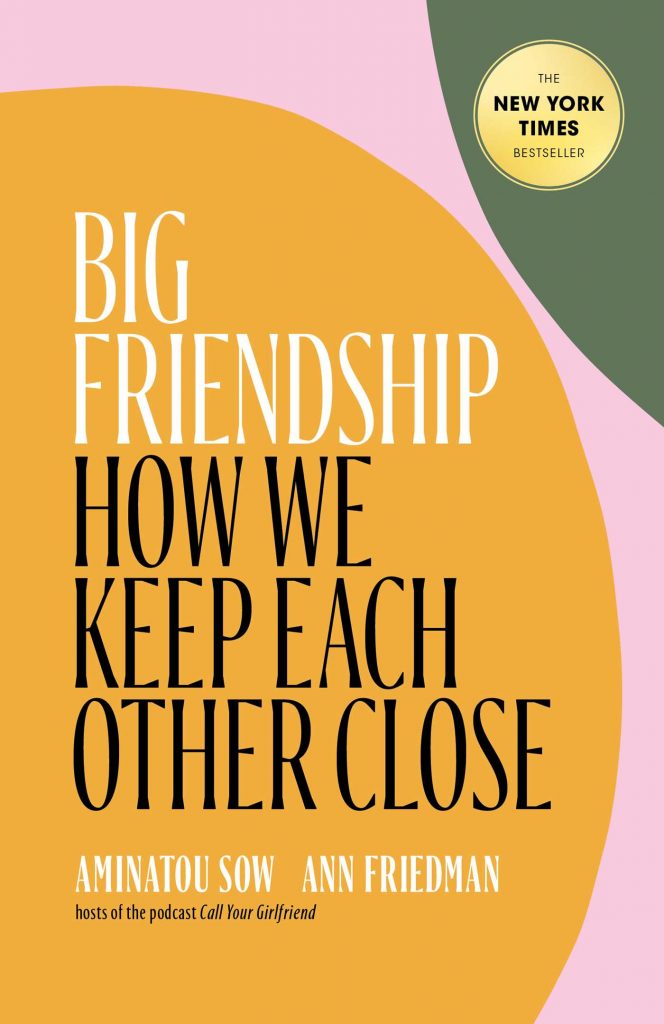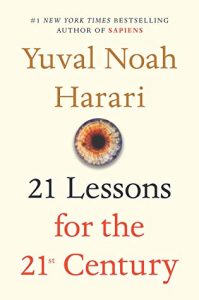 I have a distinct childhood memory of being at some older cousin’s wedding, listening to the Maid of Honour give a speech. She was my cousin’s best friend, and I remember her saying something along the lines of “we can go months without seeing each other, and then pick right back up where we left off.” To little me, the idea of not seeing your friends for months was preposterous. How can you even call yourselves friends, if you’re not seeing each other every day? Of course, as an adult, that speech now makes a lot of sense to me. Even before COVID, it wasn’t unusual to not see good friends for months and months. Keeping in touch is easier now, of course: smartphones and social apps. But in-person hangouts are far less frequent than as kids. Reality isn’t like Friends or New Girl—you probably don’t live across the hall from or in one giant apartment with your adult friends.
I have a distinct childhood memory of being at some older cousin’s wedding, listening to the Maid of Honour give a speech. She was my cousin’s best friend, and I remember her saying something along the lines of “we can go months without seeing each other, and then pick right back up where we left off.” To little me, the idea of not seeing your friends for months was preposterous. How can you even call yourselves friends, if you’re not seeing each other every day? Of course, as an adult, that speech now makes a lot of sense to me. Even before COVID, it wasn’t unusual to not see good friends for months and months. Keeping in touch is easier now, of course: smartphones and social apps. But in-person hangouts are far less frequent than as kids. Reality isn’t like Friends or New Girl—you probably don’t live across the hall from or in one giant apartment with your adult friends.
Adult friendships are a lot harder to maintain than sitcoms would suggest, due to competing commitments. Jobs, significant others, children. We’re busy! If you’re an avid podcast listener, you might know Aminatou Sow and Ann Friedman from Call Your Girlfriend, the hit podcast “for long distance besties everywhere.” The show’s manifesto is as follows, from the website: “We believe that friendship—particularly among women and femme-identified people—is a defining, important, and powerful relationship, and that conversations among friends can be the source of incredible social and political power.” A bold statement, and one that’s at the core of their new book Big Friendship, though in a down-to-earth, accessible (and fun!) way.
In Big Friendship, Aminatou and Ann (as they refer to themselves) work through their living example of a successful friendship that has survived all sorts of adult problems. The trick? They simply cared to maintain that friendship. And that meant putting in work, the kind of work we usually associate with romantic relationships (they have, for example, been to Friend Therapy). Big Friendship makes the argument that, though society doesn’t seem to value it as such, deep, lasting friendship is—and always was—a vital part of the human experience.

